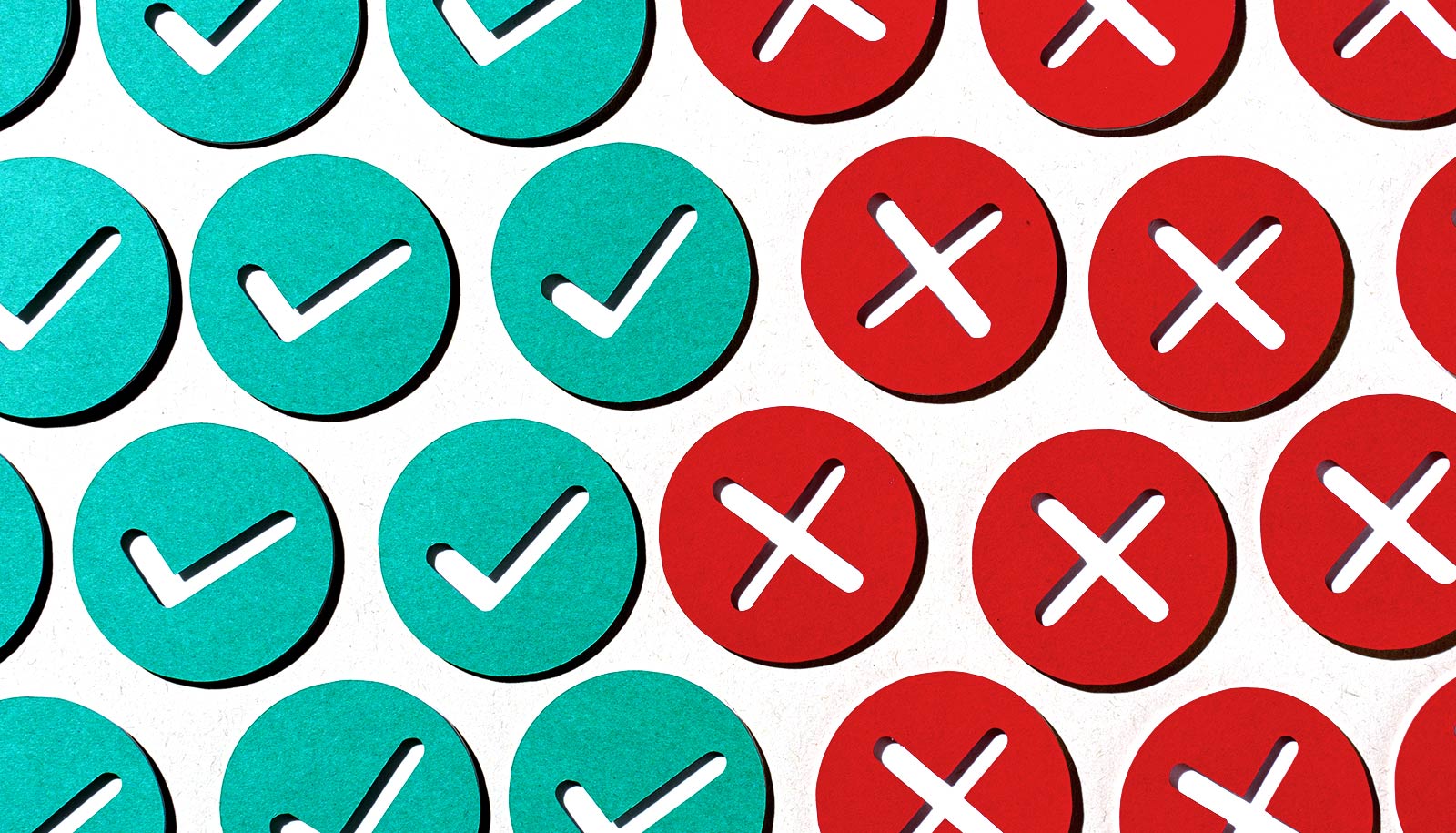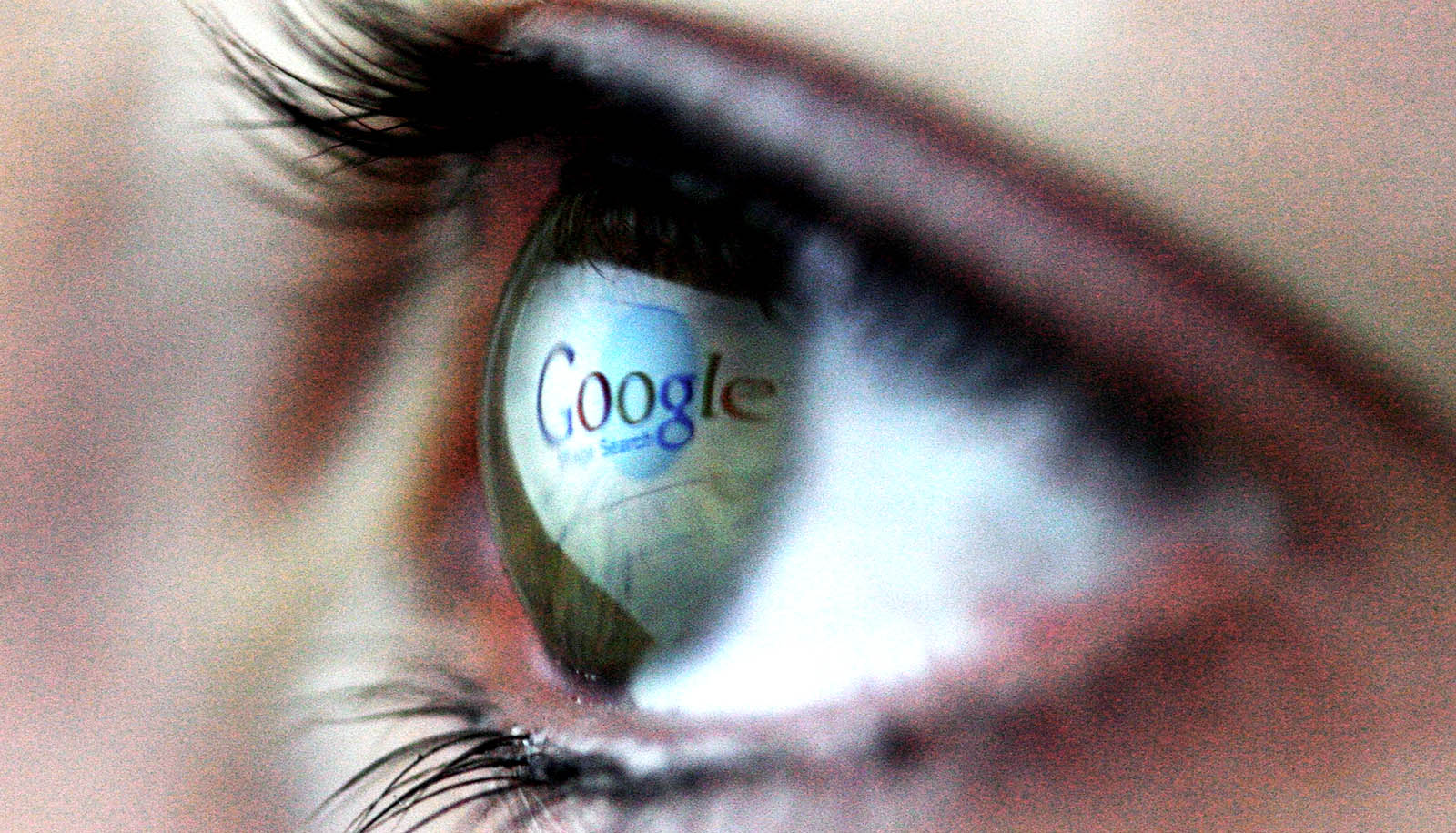A new study of American voters shows that while response rates to political surveys are on the decline, people are more polarized than ever.
Evidence of political polarization in the US largely comes from a single source, the American National Election Studies (ANES) feeling thermometer time series. While historic response rates have been as high as 80%, the response rate in recent years has dropped below 50%.
“The decreased survey response rate called into question the accuracy of reports of extreme political divisiveness, which is why we wanted to dig deeper. In addition, more people are taking surveys online versus a door-to-door format,” says Matthew Tyler, an assistant professor of political science at Rice University and lead author of the study in the American Political Science Review.
To gauge whether the survey provides an accurate measure of political polarization, Tyler and study coauthor Shanto Iyengar of Stanford University, considered several reasons why the ANES might make polarization seem worse than it actually is.
For example, some people who really care about their political party might be overrepresented in the survey; people who strongly identify with their party might be more likely to take part, which could make the results look more extreme; reading about politics while taking the survey might make people feel more negatively toward the other party; and letting people take the survey online might give different results.
“Our findings suggest that the way the ANES survey is done can make affective polarization seem worse than it really is. But even after we accounted for that, we found that people are still becoming more negative toward the other party over time,” Tyler says. “This shows that the increase in negative feelings toward the other party is real and not just because of how the surveys are done.”
To reach this conclusion, the researchers compared the ANES survey with the much less political General Social Survey, described as the “only full-probability, personal-interview survey designed to monitor changes in both social characteristics and attitudes currently being conducted in the United States.”
The researchers then designed a method of survey evaluation that mimics less politically charged questionnaires which asked about lifestyle choices, living environments, consumer decisions, dining preferences, and other information.
“The idea behind this survey design was to target and evaluate people who weren’t to the extreme left or far right on the political spectrum,” Tyler says. “We wanted to better understand how mainstream people were feeling about the political environment today.”
Ultimately, the researchers found that even more mainstream Americans are feeling more polarized than ever. Tyler says he hopes future work will examine how this can be reduced, especially as people are spending more time on social media and not interacting in person as much as in the past.
Source: Rice University



